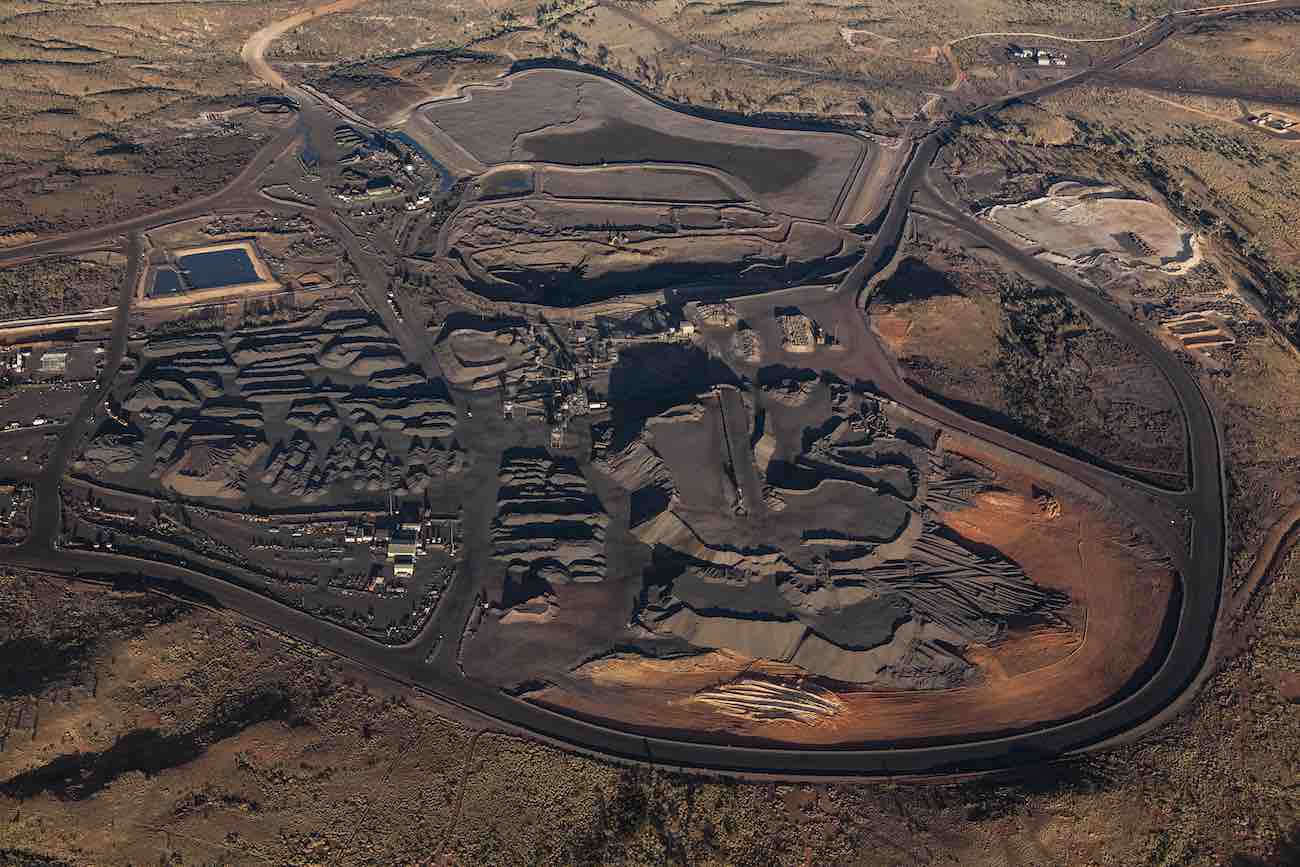
Water management strategies govern the control and movement of water resources to minimize damage to life and property while increasing the beneficial use. Good water management of dams and levees can reduce the damage due to floods. Irrigation water management systems are best in making use of limited water resources for agriculture. Drainage management involves water budgeting and analysis of surface and sub-surface drainage systems. What are water management techniques? – these are techniques that put policies, strategies intro practice through various activities to sustainably manage natural resource of fresh water, to protect the hydrosphere while meeting the demand of humans. Population, household size and growth affect the amount of water used. Factors such as climate change increases the pressure on natural water resources especially in mining, manufacturing and agriculture. What are water management best practices? – these are the solutions to a water challenges which are provided on the scientific basis. Some tools for water management best practices include engineering solutions, data-driven solutions, water management strategies, and environmental policies which all work to find solutions to water problems. Water strategies, techniques and best practices contribute to the core of a water management system. In this article we evaluate:
Water management strategies are ways in which reduction of water usage, wastage or loss are implemented to benefit the needs of living beings. These strategies involve the recycling of wastewater for various purposes such as manufacturing, irrigation and cleaning. Water is the most important factor which every living being needs. The benefits of water management strategies are realized through:
Developing a water management strategy for drought and fire season proved key in 2020 following the devastating wildfires form California to Australia. The world got a firsthand glimpse into how warmer, drier conditions enabled harsher periods of drought – resulting in longer fire seasons and greater water scarcity. The pressure is on to make every drop of water count. Preventing water loss before it reaches the end-user, also known as non-revenue water loss, is more critical now than ever. Analysis by Frost & Sullivan shows that nearly one-third of all water is lost before reaching the customer. The resulting scarcity of water amidst these losses plagues utilities and the communities they serve year-round. The stakes are even higher during drought and fire season, as water scarcity and lower water pressure could result in prolonged wildfires.
As water scarcity concerns increase water management techniques have now become more important than ever. In the era of industry 4.0 introduction of network optimization is vital. Data-driven planning is critical, and for this reason, digital twins, or software representations of water resource assets and processes, are valuable for identifying leaks and helping with seasonal demand fluctuations. Building a digital twin of a water system allows utilities to develop and train data models to understand and prepare for peaks and troughs of water demand, a critical element of urban water resource planning and management. Further, most dry regions rely on supplementing their own water resources with water purchased from other regions. This alone can be very costly and compounded by water loss and in times of water scarcity. In this instance, a digital twin can apply historical knowledge of data models to predict water availability, help manage storage, and forecast water costs. Over time, the expanding database of historical sensor information provides a comprehensive condition assessment of the entire water distribution system, helping utilities to proactively mitigate water loss. Utilities can also identify whether water access is being thwarted by theft or being billed correctly. In the greater scheme of things, these water management techniques serve to maximize water resources and ensure every drop of water is accounted for.
Water management best practices are performed at many levels which includes government, public and private business, non-government organizations (NGOs) and conservation groups, households and individuals. Let us breakdown each level to get more insight on the best practices.
Technology is the future of water resource management and the readiness to cope with pressing challenges on water resources can be achieved by embracing it.
Your feedback is important to us. If you enjoyed reading this Global Road Technology industry update and found it informative, please let us know by leaving a REVIEW.
REFERENCES
Jeff McCracken. 2021. Developing a Water Management Strategy for Drought and Fire Season.
Water conservation. Retrieved 06/06/21
Water-Diamond Paradox. Retrieved 06/06/21
Are environmental regulations, health and safety concerns or potential profit loss a concern right now?
Contact Us Now